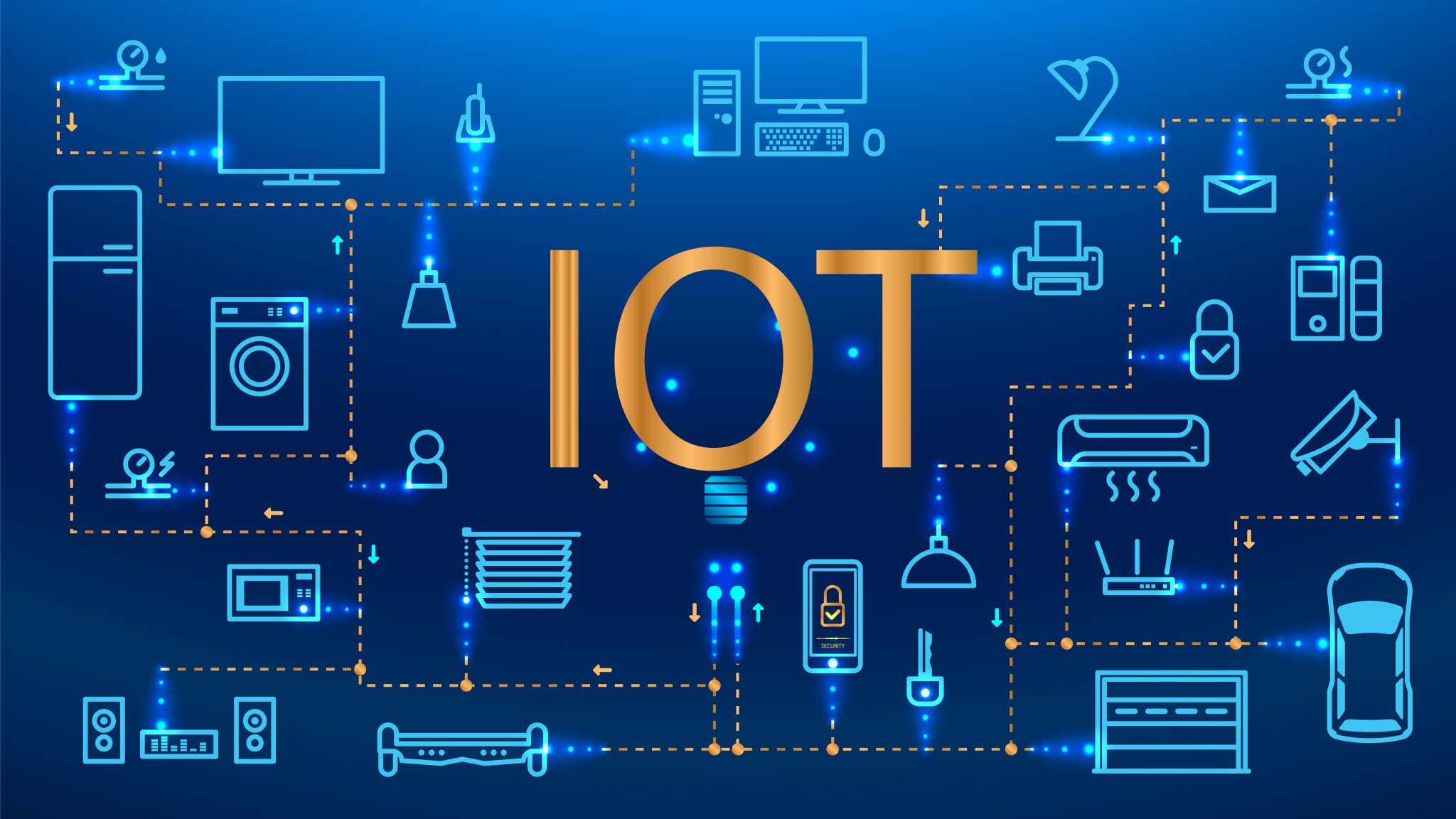IoT, or Internet-of-Things, is a recent term in technology, and generally refers to controllers, devices, electronic boards and the like, which have the ability to communicate with the external, typically through the Internet.
The most important features of these circuit boards, and which differentiate them from the so-called isolated “static” control units (e.g. an electronic thermostat in a house, isolated from the Internet) are:
- the ability to connect with the external world. IoT devices have the ability to connect to a network (typically the Internet) and thus be able to exchange data or commands in both directions. For example, a weather sensor transfers data to the external world, while a device for turning on the heating in a mountain house receives commands from the outside and executes them. The connection can be made using a variety of technologies, cellular, Wi-Fi, Bluetooth, etc., depending on the application context, infrastructure availability, product costs, sustainable costs to operate, and available power.
- identification capability. Each IoT device is uniquely identifiable through its own ID, according to the technology; in addition, some IoT devices can digitally sign exchanged data, so that from the outside one can be sure that it came from a specific device. At times, IoT devices, if accessible to people, can be provided with an identification label featuring QR-Code or RFID technology, so that they can be easily identified with cell phones.
- the ability to interact with the external environment. Normally an IoT has sensors with which it detects external parameters (e.g. environmental), but it can also have “actuators” (e.g. relays) in order to control external devices. This means that it interacts in both directions with the external environment.
- the ability to process data. IoT devices usually have a microcontroller, i.e. a microprocessor that integrates an entire computer inside: RAM memory, Flash memory for the program and partly also usable for data, and of course a CPU. Depending on cost and available power, there are all kinds of CPUs available, from those that spend most of their time in sleep with virtually no power consumption, to those that run at hundreds of MHz and can also process images and other complex data (such as AI). Some IoT devices also have additional memories external to the microcontroller for more flexibility and storage capacity.
- localization capability. This last feature is not necessarily always present; it is the ability for the IoT to pinpoint, and then possibly report, its location. This can be done in various ways depending on cost and available power. They range from the most precise GPS technology (usually with an integrated antenna), to localization through the signal of Wi-Fi networks present around the device, up to other types of localization based on proximity fields (Bluetooth, RFID etc. …).
Internet of things, IoT applications
The application fields are many and different from each other: some examples are:
- the control of industrial production processes (e.g. sensors placed on running machinery),
- logistics (e.g. trackers, temperature gauges during the transport of perishable food),
- infomobility (e.g. control units for detecting traffic jams),
- leisure time (think of the various electronic “wearable” devices that, despite their small size, communicate with the outside world),
- environmental protection (e.g. the detection of weather parameters, pollution, and the elevation of rivers),
- home automation, all the way to smart city applications.
The diffusion of these devices in recent years has grown exponentially and today we are talking about billions of existing and connected devices.
Like all technologies, IoT is not immune to problems, and companies are gradually trying to solve or mitigate them; since the central focus of IoT is communication, many problems have been related to the security of the communications themselves, especially because these devices have more limited memories compared to traditional computers and often have simplified communication stacks compared to those of traditional computers; many IoT devices do not have an operating system.
On the IoT device side, the platforms on which it is possible to develop are multiple, due to the various brands of electronic components available and technologies. Very widespread is the family of devices that revolve around Arduino, and the communication chips of Espressif (ESP32). The devices concretely produced and marketed for end-use then go through an engineering process oriented to lower costs, dimensions and power consumption, and through a certification process, depending on the market (e.g. CE for Europe, FCC for USA etc…), a process that must be carried out on the entire device even if the individual parts of it were already pre-certified.
The Author.
Oreste Venier is a developer who deals with the creation of electronic boards and devices, from conception and the wiring diagram, up to the printed circuit and their certification. Graduated in Physics in 1999 with a thesis on Artificial Neural Networks, his expertise also includes blockchain technology for non-financial applications.



